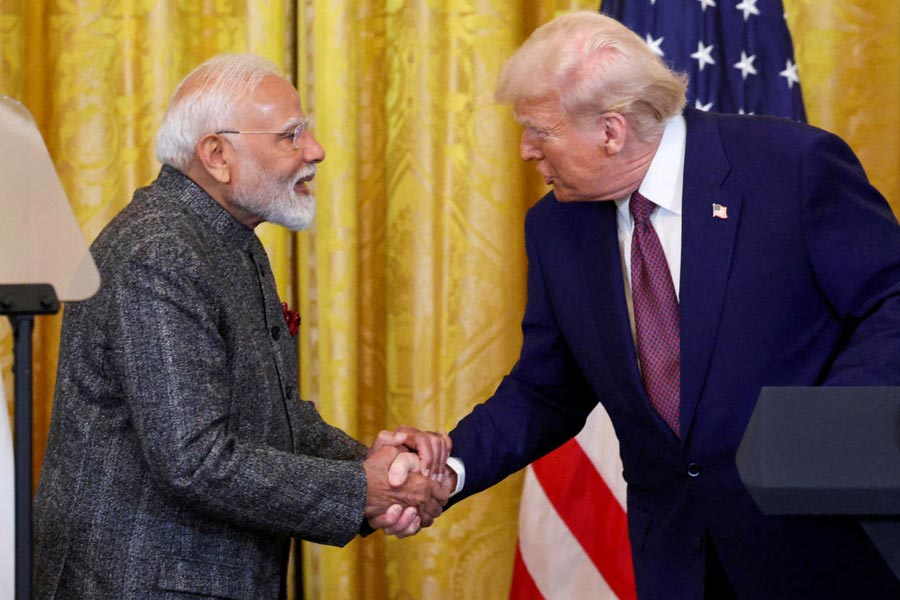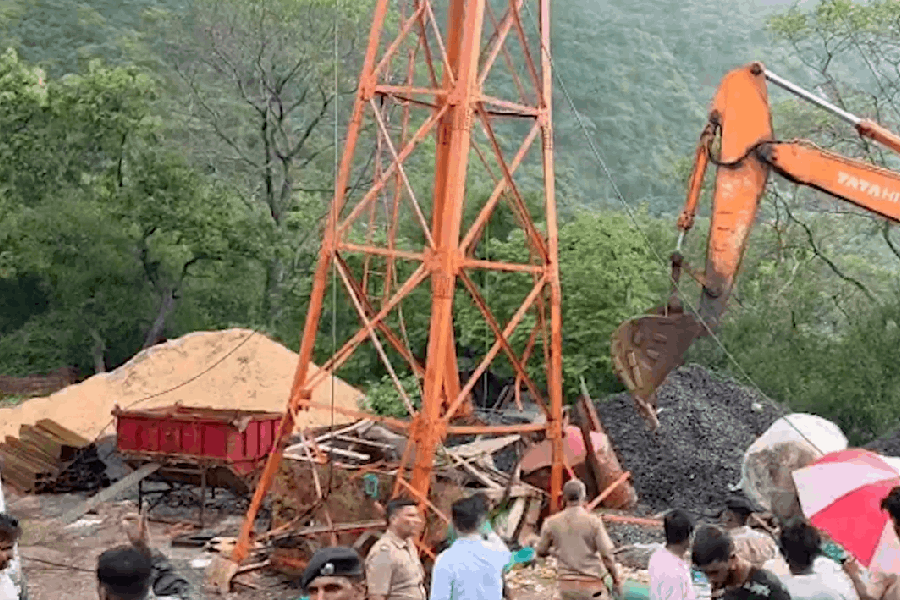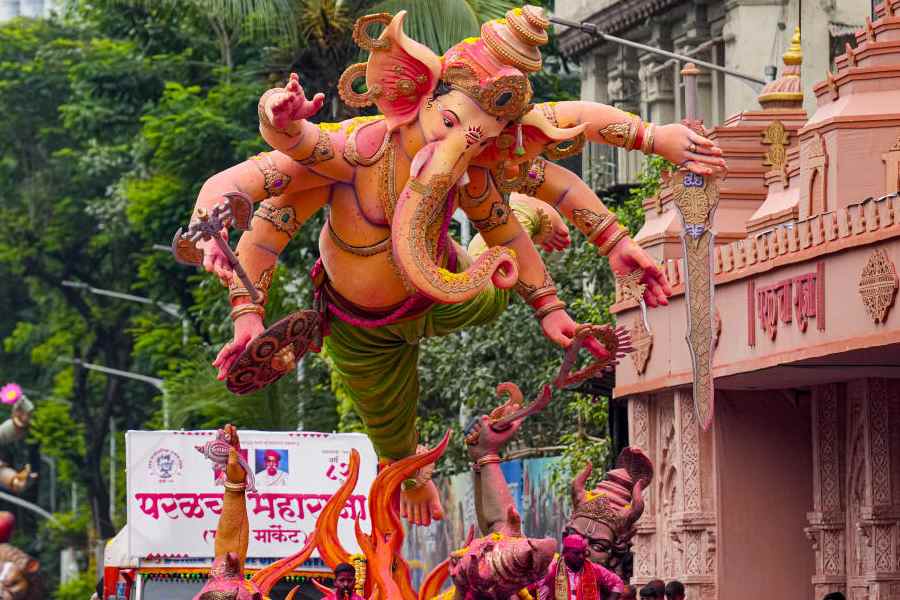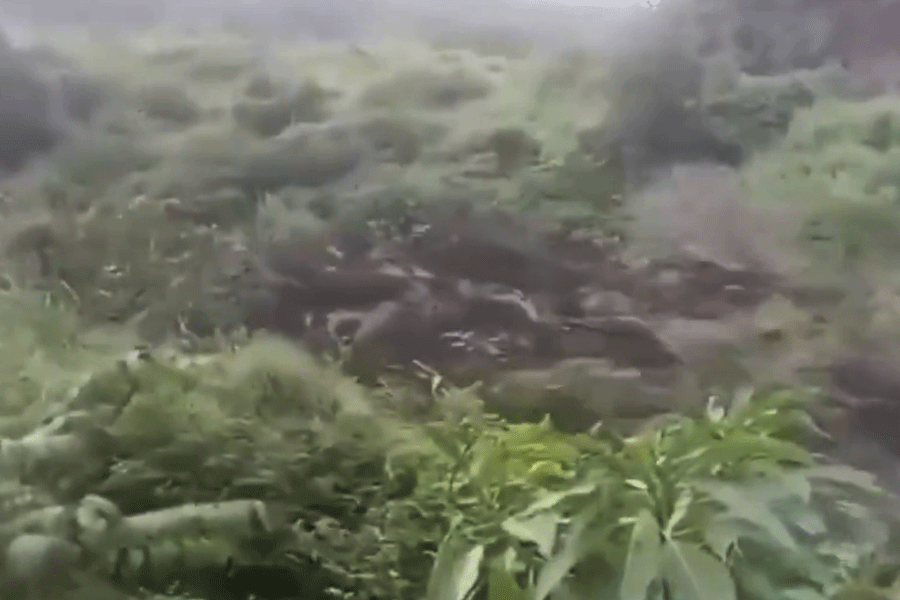 |
Bhubaneswar, July 20: If you thought Buddhist settlements were only found in Odisha along the Mahanadi and Brahmani river valleys, think again. Aragarh, just 24km away from the here, comes as a nice surprise.
Along the Daya river in Khurda district to Rushikulya in Ganjam, Buddhist settlements had flourished in the past.
The historical richness of the Buddhist settlements could be seen from the sites such as Dhauli, Kakudia, Aragarh and many other places. Among them, Aragarh is the most important as the surface remains suggest.
The site was explored several times by the Archaeological Survey of India in 1992 and Odisha Institute of Maritime and South East Asian Studies in 2010-11, apart from other scholars.
“The archaeological remains and the exploration reports suggest Aragarh is a potential Buddhist site and there might be an original stupa. Proposal for excavation has been given, which may shed new light on the continuity and growth of Buddhism in eastern India. It will certainly help to fill the gap of Odisha’s history, particularly from second century BC to the sixth and seventh century,” said secretary of Odisha Institute of Maritime and South East Asian Studies Sunil Patnaik, a well-known scholar on Buddhist studies.
The hills in vicinity of Aragarh are honeycombed with caves of Buddhist ascetics. Aragarh hill has a circular earthen mound with architectural details such as votive stupa railing pillars, fragments of bricks and other artefacts. A rock-cut and manmade double storey cave temple is on the top of the hill.
A huge stupa complex is buried underneath. The surface of the mound is strewn with Buddhist images, railing fragments and votive stupas. Images of Avalokiteswara, Tara with multiple arms, Mahavairochana/Vajradharma, Vajrasattva and Hayagriva on a pedestal are also found scattered.
On the top of the hill there is a cave temple. Several monolithic stupas are scattered in front of the structure, while the huge size of the mound suggests the existence of a large Buddhist complex still buried. The exposed structure and surface images can be dated to the post-Gupta period.
“At the foothill, habitations dating back from the Gupta period to the early medieval period have been found. Archaeological remnants such as pottery and other structural remains clearly suggest a massive human settlement around the hill of Aragarh,” said historian Gopal Pradhan.
A few years ago, some spectacular sculptures were found and these are now kept in the Bhagabat Tungi of Haripur village. Numerous fragments of railings were also noticed. A temple of a later period exists with the name Kunteswara, in which several parts of the stupa have been used as construction material.
While visiting Aragarh, do not forget to explore Barunei hills, 4km away from the place. The hill provides a different experience to the visitor with its serene green surroundings, a stream that flows to form a beautiful bathing pond, a temple and last but not the least, the tasty country cakes steamed on jackfruit leaves and offered as prasad to the deity.
The hills that are near Khurda fort were also associated with the rich history of the state’s freedom struggle.
Local residents also say that there are beautiful caves and rock formations on the Barunei hills and according to mythology, the Pandavas from the epic Mahabharat, during their exile visited some of these places.
There are many places of interest around Barunei and Aragarh.
Atri: A hot spring near Baghamari village on the Bhubaneswar-Nayagarh Road. The spot is nearly 43km from Bhubaneswar and 15km from Khurda. The water is hot and it has great medicinal value with its sulphur content. A temple of Lord Shiva (Hatakeswar) nearby is the presiding deity of the locality.
Kaipadara: A well-known place only 15km from Khurda. It has a beautiful mosque and the shrine is a meeting place of both the Muslim and Hindu community members.
Khoradha Gada (Khurda Fort): The fort is nearly 8km from the Barunei hills and it tells the tale of the great warriors of the region, who were earlier recognised by the generals of emperor Akbar as a separate province for their heroic conduct.











